The mistakes you don’t realize you’re making until it’s too late.
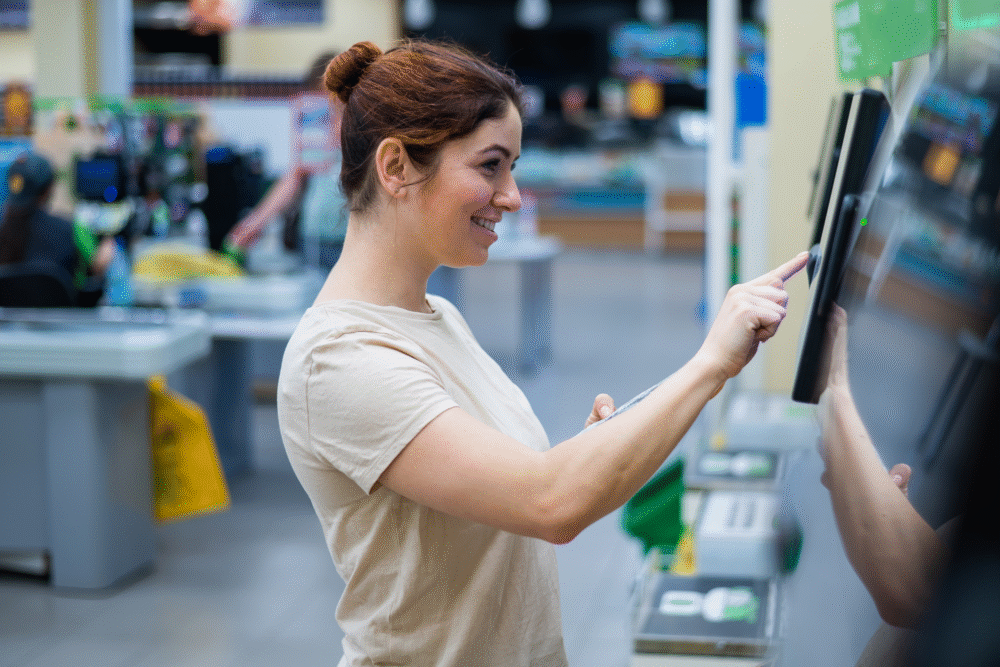
Self-checkout feels like freedom—no small talk, no awkward “how’s your day going,” just you and your groceries. But that little screen can turn on you fast if you’re not paying attention. A small slip can mean extra charges, suspicious looks from staff, or even the kind of public embarrassment that lives rent-free in your mind.
It’s not just about scanning things right—it’s about avoiding those moments where you’re fumbling, confused, and holding up the line while everyone watches.
1. Scanning the same item twice by accident.
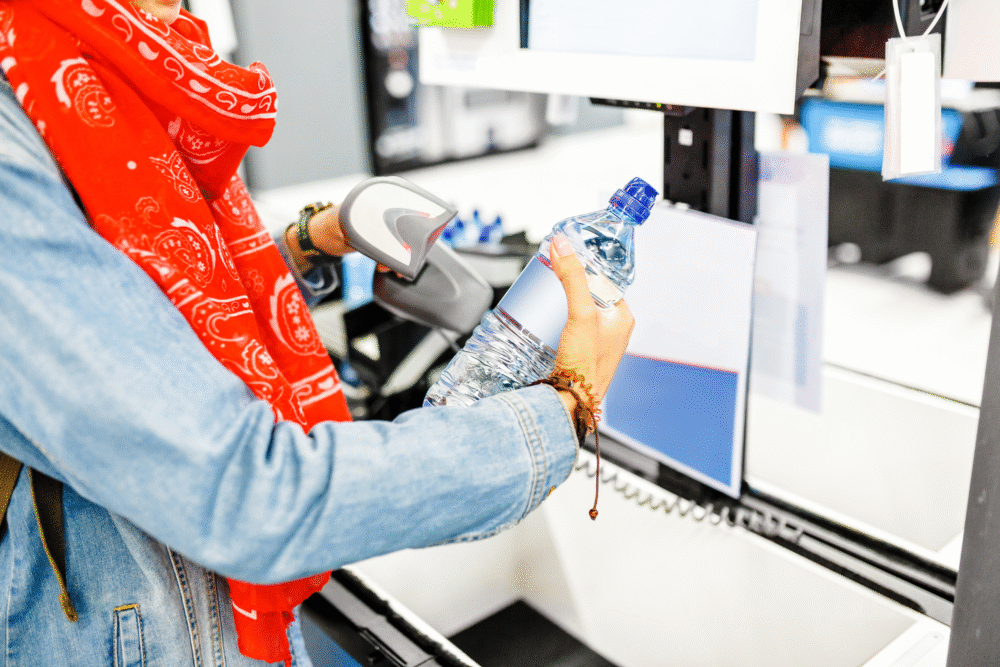
It’s easy to tap your item down on the scanner, hear the beep, and then instinctively scan again because you’re in autopilot mode. Suddenly, you’ve paid for two cartons of eggs you didn’t buy. Not only does this mess with your grocery budget, but trying to explain it to an employee can feel awkward, especially with an impatient line behind you.
If you’re distracted—maybe checking your phone or chatting with someone—you’re more likely to double-scan without realizing it. A quick glance at the screen after each item keeps you in control. It might feel overcautious, but catching a duplicate before paying saves you the hassle of refunds and unnecessary conversations.
2. Forgetting to scan an item entirely.
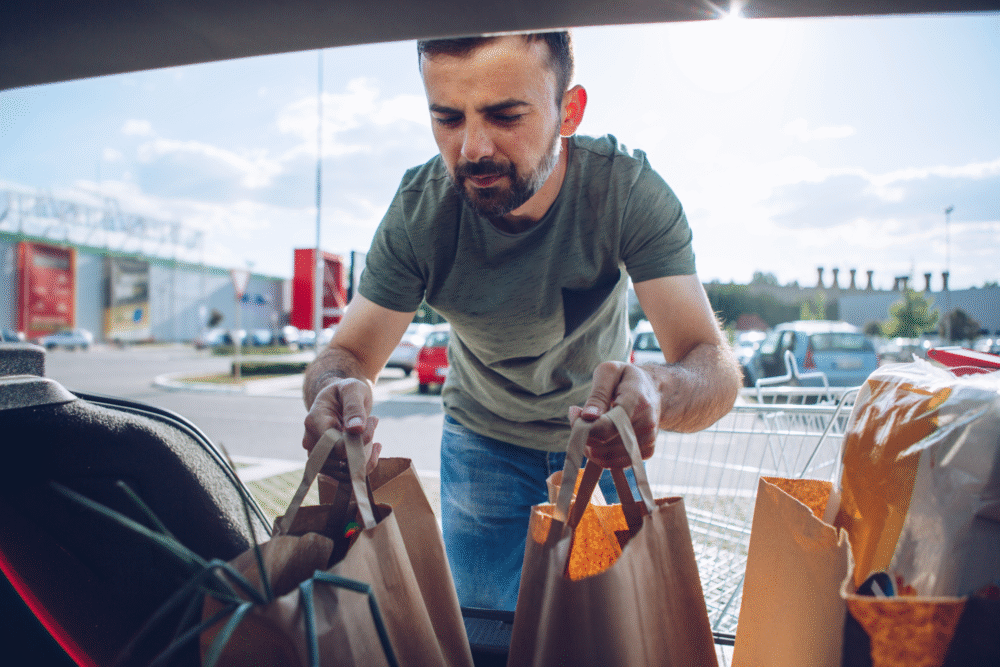
That moment when you unload your bag at home and find an unscanned jar of peanut butter? Not a good feeling. Even if it’s an honest mistake, walking out without paying can get you flagged as suspicious. Self-checkouts rely on customers being meticulous, and missing an item—especially a large one on the bottom rack—can draw unwanted attention.
Taking an extra second to check the cart before hitting “Pay” helps avoid that sinking feeling. Big items, oddly shaped packages, or something tucked under other groceries are the usual culprits. One last scan—of your cart, not the barcode—can save a whole lot of embarrassment.
3. Not weighing produce correctly.
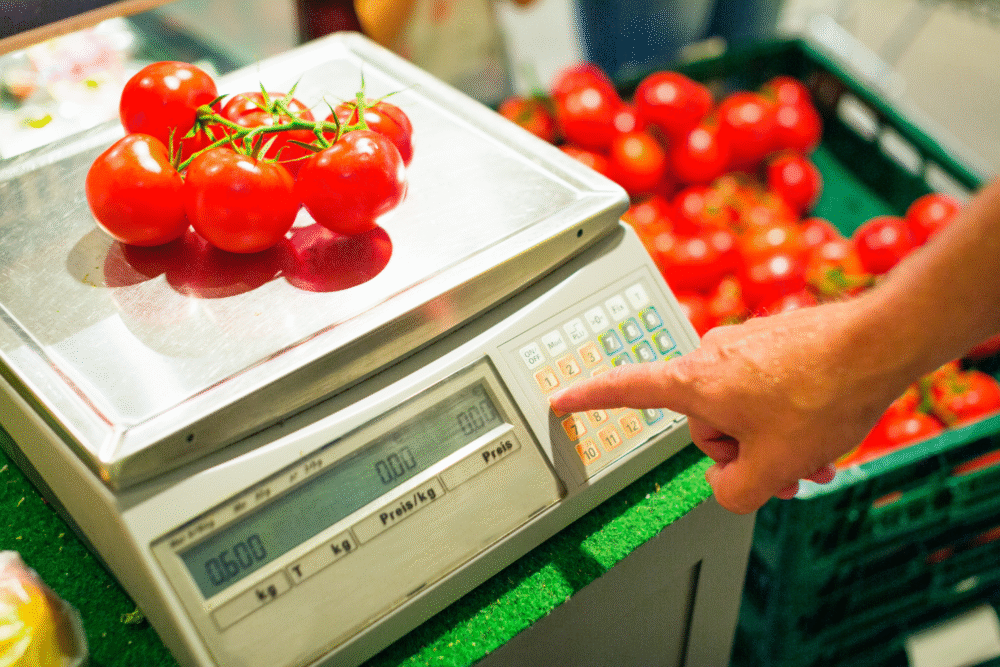
Those tiny produce stickers aren’t just annoying—they’re key to making sure the system charges you the right price. Picking the wrong code or skipping the “weigh” step means you might be overcharged, undercharged, or have to call over an employee to fix it. And nothing feels longer than waiting for assistance with your hands full of apples.
It’s tempting to guess at the code or hit the first “banana” option you see, but accuracy matters. Look for the code before getting in line, and place the produce gently so the scale reads correctly. It’s a small detail that keeps the process smooth.
4. Placing items in the bagging area too soon.
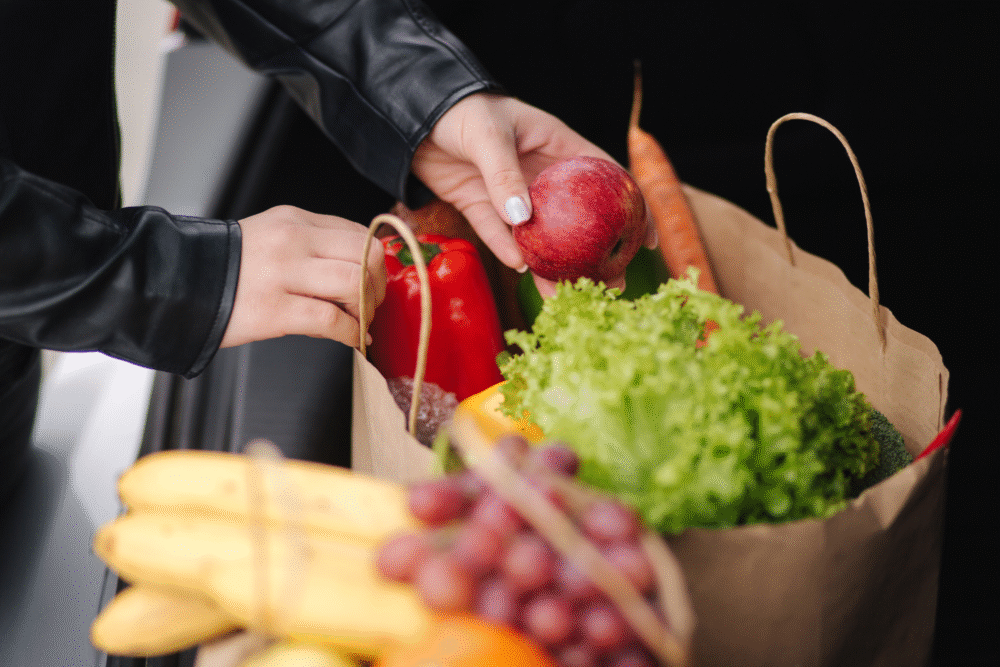
The self-checkout scale is suspicious by design. If you put an item down before the screen tells you to, the machine might freeze up with an error message. Now you’re waving at an attendant while strangers stare, all because you were trying to be efficient.
Slowing down just enough to wait for the “Place item in bagging area” prompt keeps the machine happy. It feels counterintuitive if you like speed, but it prevents those awkward pauses where the whole process stalls.
5. Ignoring on-screen error messages.
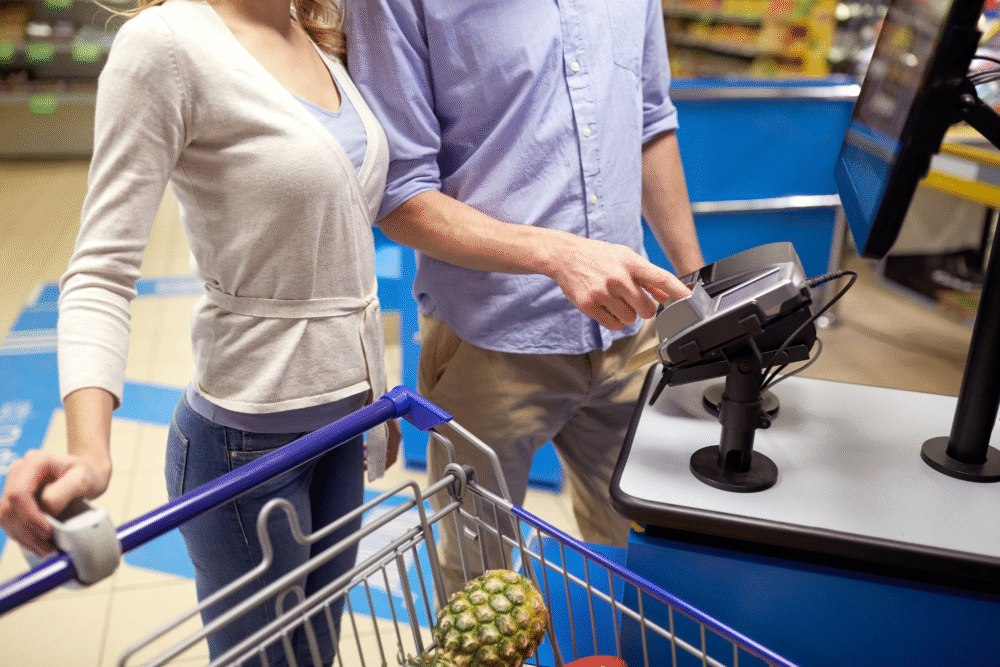
Sometimes the checkout flashes a warning, and your first instinct is to just keep tapping “OK” without reading. But skipping those messages can lead to bigger problems—like missed items, incorrect totals, or needing a store employee to reset the screen entirely.
Taking a few seconds to actually read what’s on display helps you fix small issues before they snowball. It’s also the quickest way to avoid having the machine loudly announce something embarrassing, like “Unexpected item in bagging area.”
6. Forgetting to remove security tags.
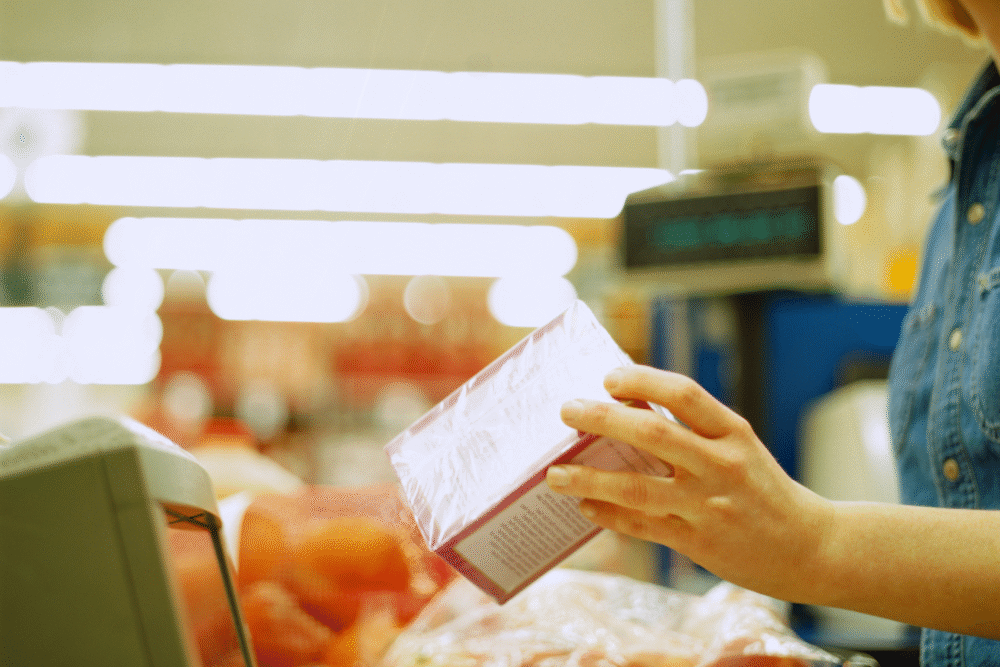
Some items—especially beauty products or electronics—still have security tags even if you scan them. If you walk out without getting the tag removed, alarms might go off, and suddenly you’re explaining yourself to staff while other shoppers watch.
If you buy anything with packaging that looks tamper-proof, double-check the receipt and the item before leaving. A quick “Could you check for a tag?” at the register saves you from that awkward exit scene.
7. Holding up the line by bagging slowly.

Everyone has their own bagging style, but in self-checkout, speed matters. Spending too much time arranging things just right—like eggs perfectly cushioned between bread—can cause the machine to think you’ve stopped scanning, triggering assistance alerts.
Bag quickly while keeping an eye on the screen so the system stays in sync with your pace. You can always adjust things later once you’re out of the pressure zone.
8. Accidentally scanning the wrong barcode.

Sometimes a box has multiple barcodes for different regions or bundle packs, and the one you scan might not register. Other times, your sleeve or another item brushes the scanner, adding something random to your total.
Paying attention to where the red light is pointing and handling one item at a time reduces the risk. It’s a tiny habit that avoids confusion and awkward price adjustments.
9. Leaving receipts behind.
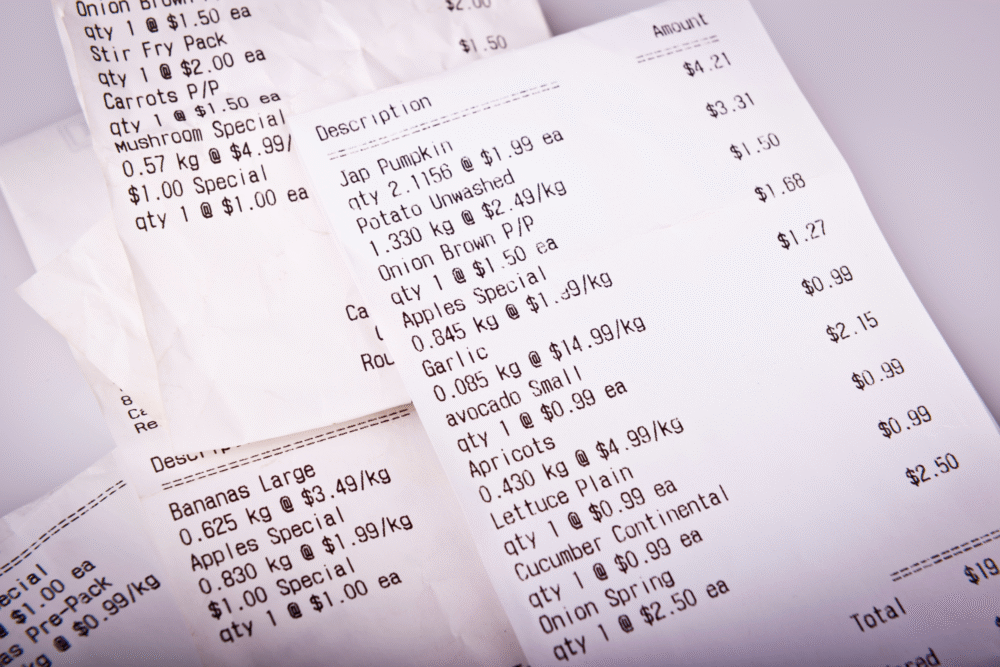
It’s a small thing, but forgetting your receipt can cause trouble if there’s ever a question about your purchase. Some stores even have security staff check receipts near the exit.
Grabbing that slip of paper before you walk away isn’t just about proof—it’s also your quick double-check that you weren’t overcharged. Make it part of your exit routine so you don’t have to circle back awkwardly.
10. Not having payment ready.
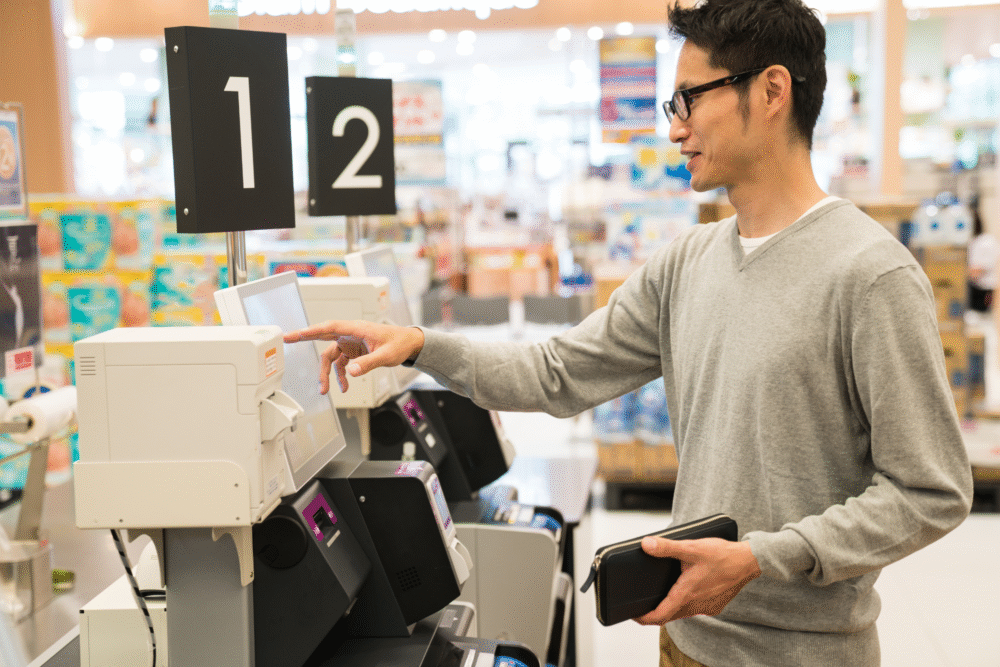
Fumbling for your card or app at the last second slows everything down and makes you feel rushed. It can also lead to mistakes if you’re hurrying through the payment screens.
Having your payment method ready before you start scanning keeps things smooth. Even if you like to use your phone for checkout, make sure the app is open and loaded so you can tap and go without scrambling.
11. Blocking the scanner with bags or items.
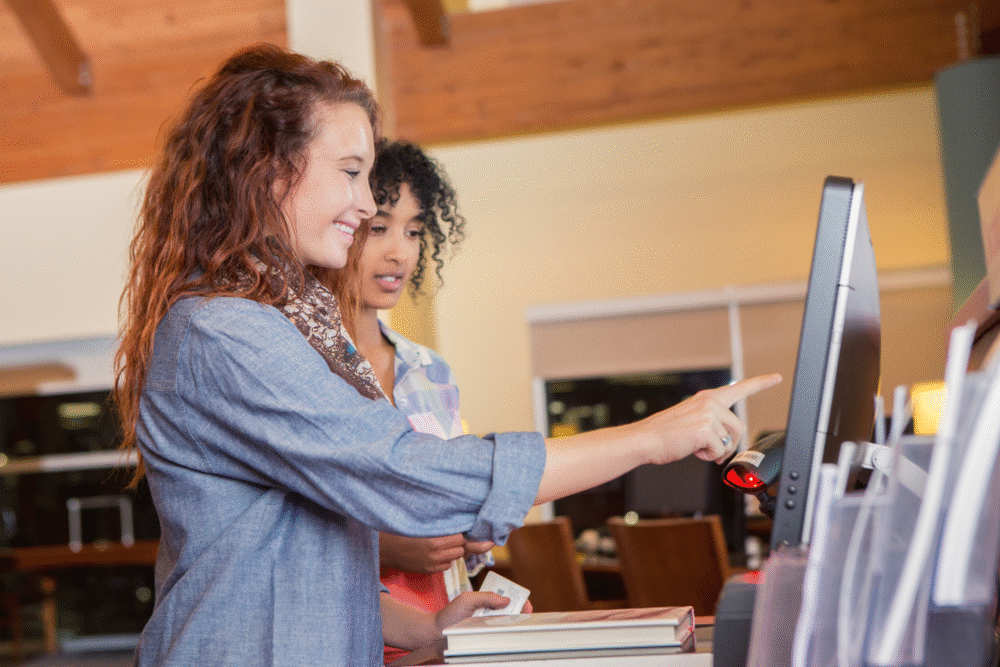
If you pile your reusable bags or groceries near the scanner, the machine might misread them as items or block the sensor altogether. This usually leads to the dreaded “Please remove item” alert.
Keeping your workspace clear makes the process faster and avoids unnecessary interruptions. It also prevents you from accidentally knocking something over while juggling items.
12. Forgetting to check for discounts or loyalty points.
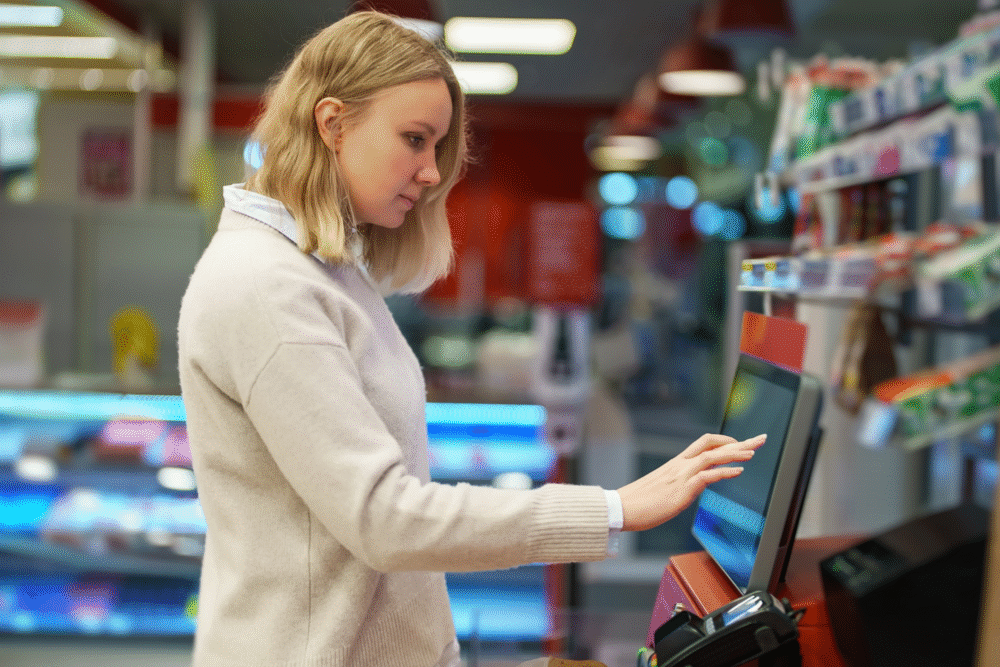
If your store offers discounts, digital coupons, or loyalty points, forgetting to scan them is basically leaving money on the table. Self-checkouts don’t always remind you, so it’s on you to remember.
Adding your loyalty card or app before you start scanning ensures all eligible discounts apply automatically. That way, you avoid having to call over an employee to fix it—or worse, realizing too late that you paid more than you had to.
